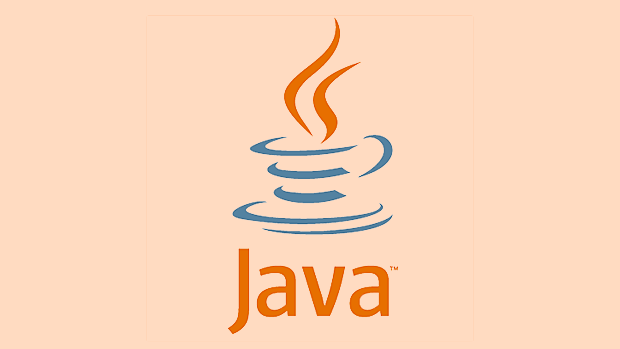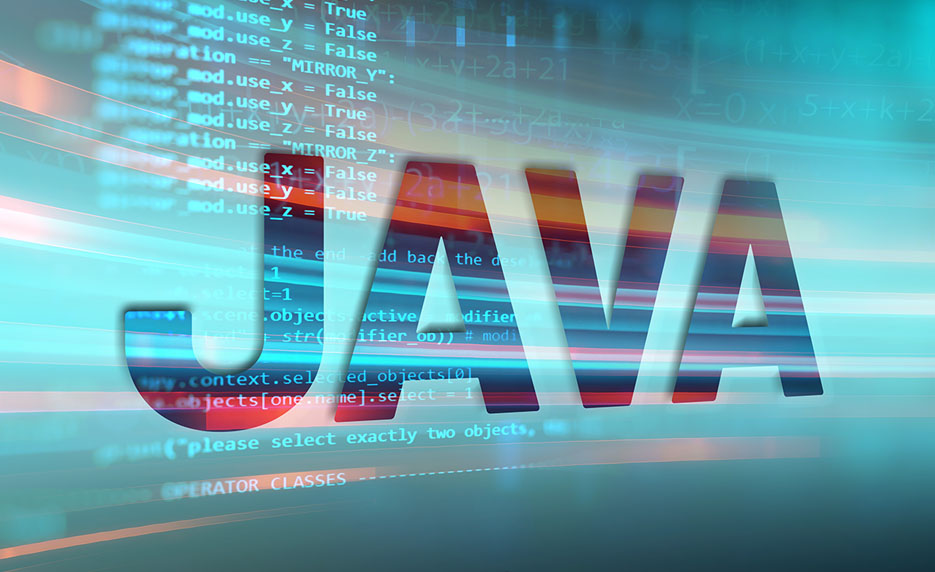The Java class loading mechanism is the core of the runtime, and understanding it helps to troubleshoot class conflicts, class failure, and other problems. Its basic process is divided into three stages: loading, linking (verification, preparation, parsing) and initialization, and is loaded on demand using Lazy Loading. Class loaders include Bootstrap ClassLoader, Extension ClassLoader, Application ClassLoader and custom class loaders, and use the parent delegation model to ensure uniqueness and security. Frequently asked questions include ClassNotFoundException, NoClassDefFoundError, class duplicate loading, resource leakage, etc. Recommendations for use include viewing the class loading path, enabling -verbose:class parameters, and paying attention to the loading order of container classes. Mastering its principles can improve the efficiency of problem investigation.

Java's class loading mechanism is one of the core parts of the Java language runtime. Understanding it can help you better troubleshoot problems, such as class conflicts, class failure, duplicate loading and other problems. Its mechanism is not complicated, but it has many details and is easy to get stuck in actual development.

This article will explain the class loading mechanism from several common perspectives, including its basic process, the type of class loader, and some areas where problems are prone to problems.
Basic process of class loading
When a Java program is running, it does not load all classes into memory at once, but instead "load on demand", which is the so-called Lazy Loading. The process of class loading can be divided into three main stages:

- Loading : Find and load the binary data of the class (usually a
.classfile) and generate aClassobject. - Linking :
- Verification : Ensure that the bytecode of the class is legal and does not destroy the JVM.
- Preparation : Allocate memory for static variables of the class and set the default initial value.
- Resolution : Convert symbolic references of classes, methods and fields into direct references.
- Initialization : Execute static initialization code of the class (such as static code blocks and static variable assignments).
This process is done automatically and developers don't usually need intervention, but understanding it helps understand when the class is actually initialized.
Common class loaders
Java's class loader adopts the "parent delegation model", which is a hierarchy, aiming to ensure the uniqueness and security of the class. Common class loaders are:

- Bootstrap ClassLoader : Responsible for loading JVM core classes, such as the class in
rt.jar, which is implemented in C and cannot be obtained by Java code. - Extension ClassLoader : Responsible for loading classes in
jre/lib/extdirectory, or the location specified byjava.ext.dirs. - Application ClassLoader (also called System ClassLoader): is responsible for loading classes under the application classpath, which is the one we deal with the most frequently.
- Custom class loaders : Some frameworks (such as Tomcat, OSGi) will implement class loaders themselves to isolate classes from different modules.
When a class loader receives a request to load a class, it will first delegate to the parent class loader to process it. Only when the parent class loader cannot load it will try to load it itself.
Frequently Asked Questions and Precautions
In actual development, the class loading mechanism has many problems, the most common ones include:
ClassNotFoundException / NoClassDefFoundError
The former is that the specified class cannot be found at runtime, while the latter is that the class exists at compile time but cannot be found at runtime. This is usually because the classpath is not configured correctly, or there is a problem with the class loader level.Class duplicate loading
If multiple class loaders are used, for example, each application in a web application has its own class loader, the same class may be loaded by multiple loaders, resulting in incompatible classes. For example, two class loaders each load different versions of the same class, and they are treated as two different classes in the JVM.Resource leakage
Custom class loaders may cause memory leaks if resources are not released correctly. For example, when hot deployment or dynamically loading plugins, if the old class loader is not recycled, it may always occupy memory.
Recommendations for use
If you are just a normal business development, you may not need to write a class loader yourself, but understanding it can help you better locate problems. Here are some practical suggestions:
- To see where the class is loaded, you can use
ClassLoader.getSystemClassLoader()or useClass.getResource()to view the classpath. - When encountering a class conflict, you can use
-verbose:classparameter to start the JVM to view the class loading log. - If you are using a container like Tomcat, please note that it has its own class loading structure. For example, web applications preferentially load classes in their own directory rather than shared lib directories.
The class loading mechanism itself is not complicated, but in actual projects, it is easy to cause various problems due to problems such as classpaths and class loader structure. Understanding the basic principles and common problems can make you more efficient when troubleshooting problems.
Basically that's it.
The above is the detailed content of Understanding Java Class Loading Mechanism. For more information, please follow other related articles on the PHP Chinese website!

Hot AI Tools

Undress AI Tool
Undress images for free

Undresser.AI Undress
AI-powered app for creating realistic nude photos

AI Clothes Remover
Online AI tool for removing clothes from photos.

Clothoff.io
AI clothes remover

Video Face Swap
Swap faces in any video effortlessly with our completely free AI face swap tool!

Hot Article

Hot Tools

Notepad++7.3.1
Easy-to-use and free code editor

SublimeText3 Chinese version
Chinese version, very easy to use

Zend Studio 13.0.1
Powerful PHP integrated development environment

Dreamweaver CS6
Visual web development tools

SublimeText3 Mac version
God-level code editing software (SublimeText3)

Hot Topics
 What is the `enum` type in Java?
Jul 02, 2025 am 01:31 AM
What is the `enum` type in Java?
Jul 02, 2025 am 01:31 AM
Enums in Java are special classes that represent fixed number of constant values. 1. Use the enum keyword definition; 2. Each enum value is a public static final instance of the enum type; 3. It can include fields, constructors and methods to add behavior to each constant; 4. It can be used in switch statements, supports direct comparison, and provides built-in methods such as name(), ordinal(), values() and valueOf(); 5. Enumeration can improve the type safety, readability and flexibility of the code, and is suitable for limited collection scenarios such as status codes, colors or week.
 What is the interface segregation principle?
Jul 02, 2025 am 01:24 AM
What is the interface segregation principle?
Jul 02, 2025 am 01:24 AM
Interface Isolation Principle (ISP) requires that clients not rely on unused interfaces. The core is to replace large and complete interfaces with multiple small and refined interfaces. Violations of this principle include: an unimplemented exception was thrown when the class implements an interface, a large number of invalid methods are implemented, and irrelevant functions are forcibly classified into the same interface. Application methods include: dividing interfaces according to common methods, using split interfaces according to clients, and using combinations instead of multi-interface implementations if necessary. For example, split the Machine interfaces containing printing, scanning, and fax methods into Printer, Scanner, and FaxMachine. Rules can be relaxed appropriately when using all methods on small projects or all clients.
 Asynchronous Programming Techniques in Modern Java
Jul 07, 2025 am 02:24 AM
Asynchronous Programming Techniques in Modern Java
Jul 07, 2025 am 02:24 AM
Java supports asynchronous programming including the use of CompletableFuture, responsive streams (such as ProjectReactor), and virtual threads in Java19. 1.CompletableFuture improves code readability and maintenance through chain calls, and supports task orchestration and exception handling; 2. ProjectReactor provides Mono and Flux types to implement responsive programming, with backpressure mechanism and rich operators; 3. Virtual threads reduce concurrency costs, are suitable for I/O-intensive tasks, and are lighter and easier to expand than traditional platform threads. Each method has applicable scenarios, and appropriate tools should be selected according to your needs and mixed models should be avoided to maintain simplicity
 Differences Between Callable and Runnable in Java
Jul 04, 2025 am 02:50 AM
Differences Between Callable and Runnable in Java
Jul 04, 2025 am 02:50 AM
There are three main differences between Callable and Runnable in Java. First, the callable method can return the result, suitable for tasks that need to return values, such as Callable; while the run() method of Runnable has no return value, suitable for tasks that do not need to return, such as logging. Second, Callable allows to throw checked exceptions to facilitate error transmission; while Runnable must handle exceptions internally. Third, Runnable can be directly passed to Thread or ExecutorService, while Callable can only be submitted to ExecutorService and returns the Future object to
 Best Practices for Using Enums in Java
Jul 07, 2025 am 02:35 AM
Best Practices for Using Enums in Java
Jul 07, 2025 am 02:35 AM
In Java, enums are suitable for representing fixed constant sets. Best practices include: 1. Use enum to represent fixed state or options to improve type safety and readability; 2. Add properties and methods to enums to enhance flexibility, such as defining fields, constructors, helper methods, etc.; 3. Use EnumMap and EnumSet to improve performance and type safety because they are more efficient based on arrays; 4. Avoid abuse of enums, such as dynamic values, frequent changes or complex logic scenarios, which should be replaced by other methods. Correct use of enum can improve code quality and reduce errors, but you need to pay attention to its applicable boundaries.
 Understanding Java NIO and Its Advantages
Jul 08, 2025 am 02:55 AM
Understanding Java NIO and Its Advantages
Jul 08, 2025 am 02:55 AM
JavaNIO is a new IOAPI introduced by Java 1.4. 1) is aimed at buffers and channels, 2) contains Buffer, Channel and Selector core components, 3) supports non-blocking mode, and 4) handles concurrent connections more efficiently than traditional IO. Its advantages are reflected in: 1) Non-blocking IO reduces thread overhead, 2) Buffer improves data transmission efficiency, 3) Selector realizes multiplexing, and 4) Memory mapping speeds up file reading and writing. Note when using: 1) The flip/clear operation of the Buffer is easy to be confused, 2) Incomplete data needs to be processed manually without blocking, 3) Selector registration must be canceled in time, 4) NIO is not suitable for all scenarios.
 How Java ClassLoaders Work Internally
Jul 06, 2025 am 02:53 AM
How Java ClassLoaders Work Internally
Jul 06, 2025 am 02:53 AM
Java's class loading mechanism is implemented through ClassLoader, and its core workflow is divided into three stages: loading, linking and initialization. During the loading phase, ClassLoader dynamically reads the bytecode of the class and creates Class objects; links include verifying the correctness of the class, allocating memory to static variables, and parsing symbol references; initialization performs static code blocks and static variable assignments. Class loading adopts the parent delegation model, and prioritizes the parent class loader to find classes, and try Bootstrap, Extension, and ApplicationClassLoader in turn to ensure that the core class library is safe and avoids duplicate loading. Developers can customize ClassLoader, such as URLClassL
 Exploring Different Synchronization Mechanisms in Java
Jul 04, 2025 am 02:53 AM
Exploring Different Synchronization Mechanisms in Java
Jul 04, 2025 am 02:53 AM
Javaprovidesmultiplesynchronizationtoolsforthreadsafety.1.synchronizedblocksensuremutualexclusionbylockingmethodsorspecificcodesections.2.ReentrantLockoffersadvancedcontrol,includingtryLockandfairnesspolicies.3.Conditionvariablesallowthreadstowaitfor






